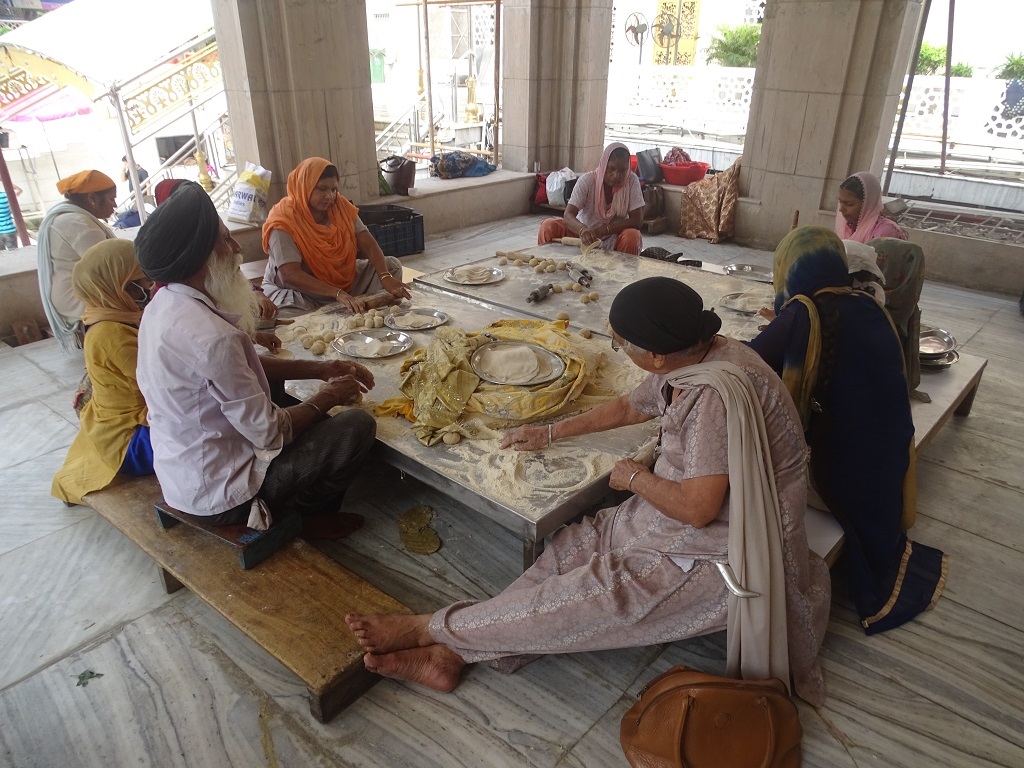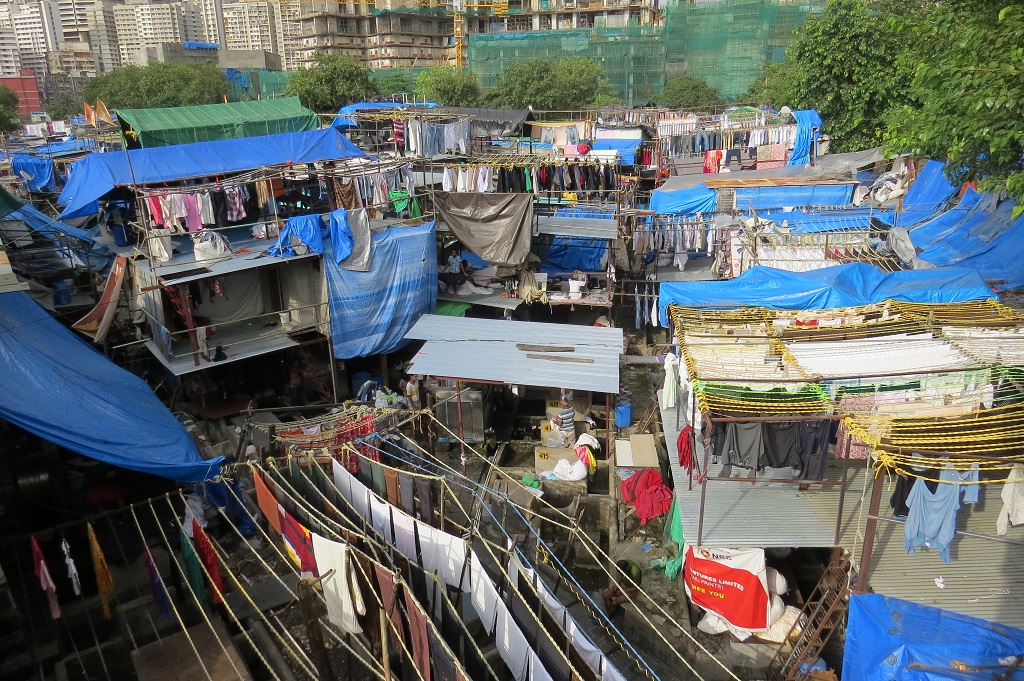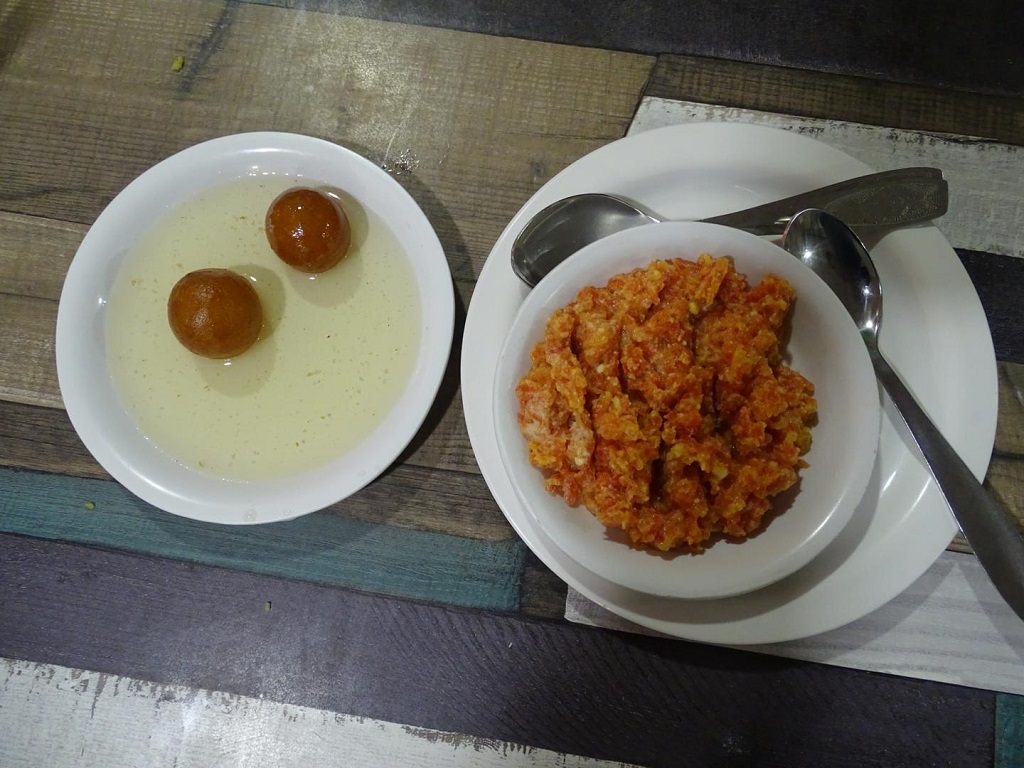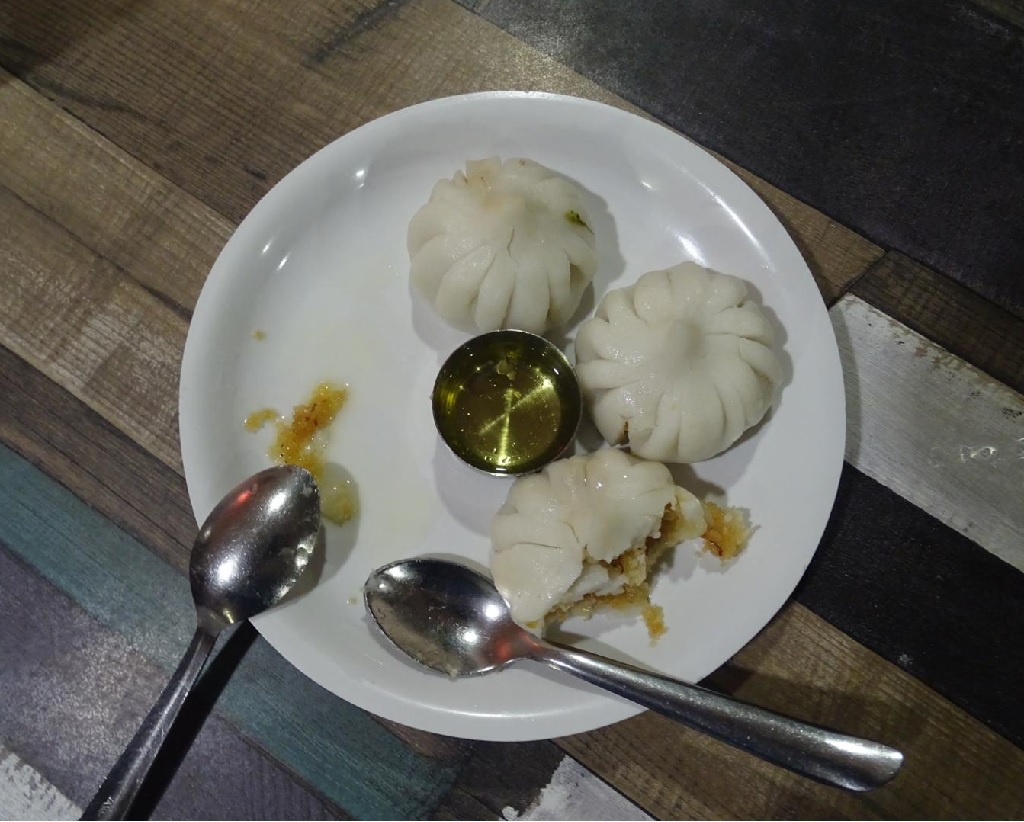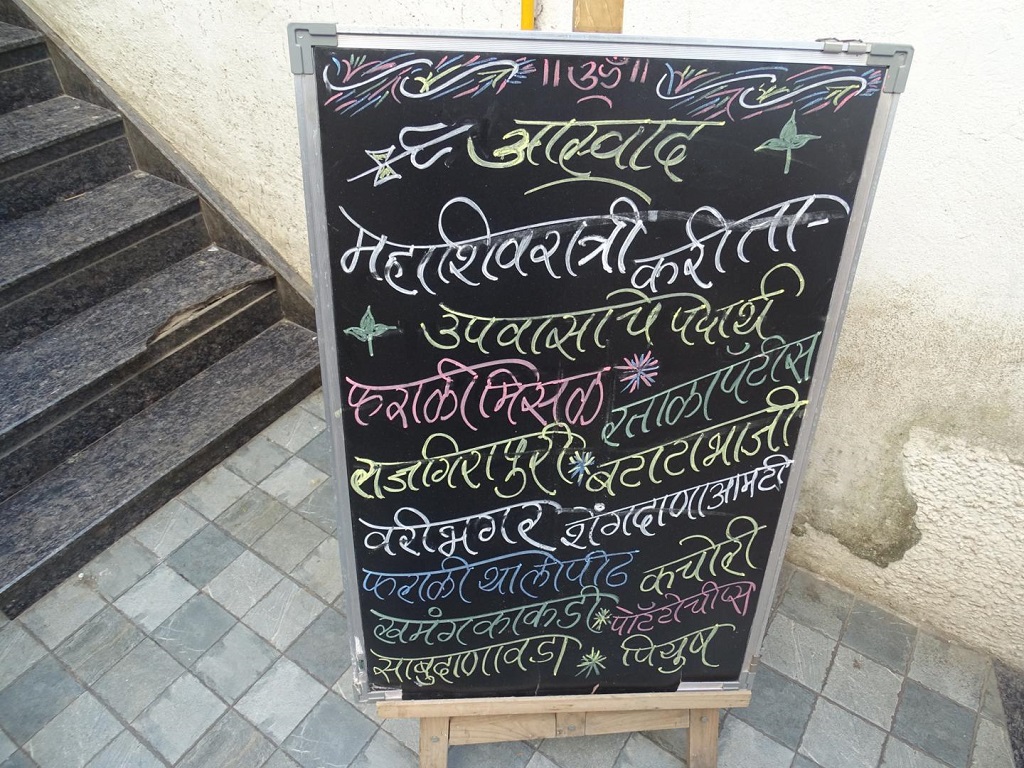Godawari AC Waiting Hall at Nashik Road Station is situated on the first floor of Platform No. 1.
I reached Nashik Road Railway Station via 12165 LTT GKP SF Express train to visit Trimbakeshwar Shiva Temple (approx. 40 km far).
Returning again to Nashik Road Railway Station to catch the 11062 JYG LTT Express train I thought to visit Godawari Air Conditioned Waiting Hall because my train was approx. 40 minutes late.
Below are the details of the Godawari Air Conditioned Waiting Hall.
For the first hour or part thereof charges per passenger are:
Adult – Rs. 20 and Child (5 to 10 years) – Rs 10.
For every Subsequent 1 hour or part thereof:
Adult – Rs. 15 and Child (5 to 10 years) – Rs. 8.
Note: You have to register your name and mobile number to avail the facilities of the Godawari Air Conditioned Waiting Hall.
The best rule I found about Godawari Air Conditioned Waiting Hall is that the passengers has to open his shoes outside before entering the air conditioned waiting hall.
After entering the Godawari Air Conditioned Waiting Hall I saw a massage machine and the charges to avail the services is Rs. 50 for 20 minutes massage.
Not only massage machine there is tea/coffee available. Rs. 10 for a cup of hot tea/coffee.
I had a cup of hot coffee.
Packaged drinking water also available for Rs. 15 per bottle.
Other than this there is a mini-cloak room and toilet and an electronic board that display trains running status.
I also saw passengers playing carrom board.
There is a newspaper and mobile charging facility also available as complementary.
Not only above said facilites there is Shoe shine machine available for Rs. 5 only.
In short, I found Godawari AC Waiting Hall sparkling clean and an excellent hall to wait before catching train for individual destinations.
Toilet I did not use so cant say about its cleanliness still one must visit Godawari Air Conditioned Waiting Hall atleast once.
Like this:
Like Loading...
